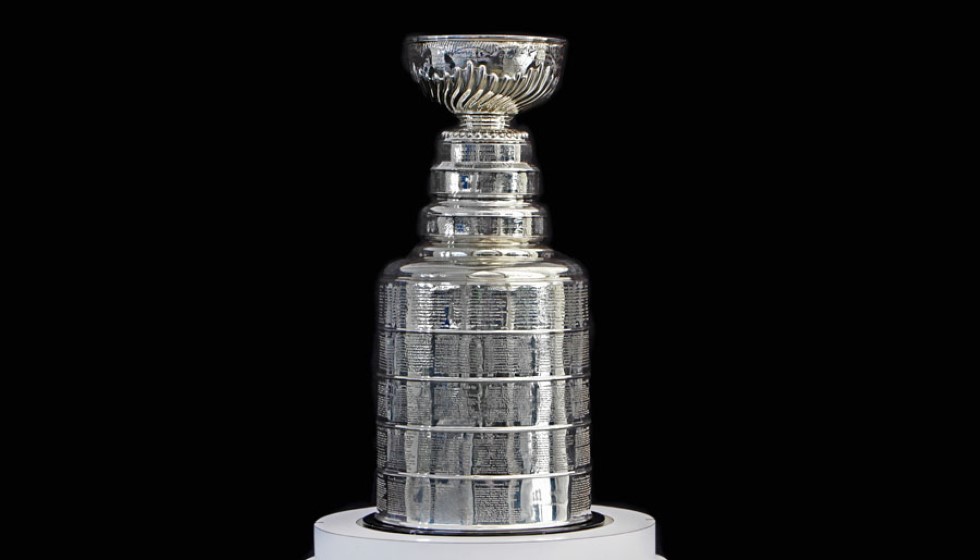
In a recent face-off between the Toronto Maple Leafs and the New York Rangers, all eyes were on the emerging rookie, Matt Rempe of the New York Rangers, and his encounter with Ryan Reaves of the Leafs. Standing at an imposing 6 feet 7 inches and weighing 240 pounds, Rempe has quickly become a talking point in the NHL for not just his size, but his role on the ice. With one goal and one assist in seven games, his statistics might not jump off the page, yet it's his significant time in the penalty box—37 minutes—that has sparked discussions about the role of "enforcers" in today's hockey landscape.
The Role of Enforcers
Rempe is often described as an "enforcer," a term historically used for players who might lack in scoring but make up for it with physical play, including fighting. This role, while glorified in past decades, has come under scrutiny following the tragic deaths of Derek Boogaard, Wade Belak, and Rick Rypien in 2011. These events catalyzed a deeper examination of the long-term impacts of fighting in hockey, notably its connection to Chronic Traumatic Encephalopathy (CTE), a serious neurological condition. Despite research suggesting a link between CTE and the physical demands of being an enforcer, NHL Commissioner Gary Bettman has publicly expressed skepticism over these findings.
Changing Attitudes Towards Fighting
The evolution of the NHL has seen a significant decrease in fights, partly due to advancements in game analytics that emphasize speed and skill over physical intimidation. Modern-day enforcers find it challenging to fit the traditional mold, as their roles often require a delicate balance between physical play and contributing to the team's overall play. This shift has resulted in a more inclusive and engaging version of the game, distancing itself from the violence that characterized its past.
Yet, fighting remains embedded in hockey's "code," often seen as a way to self-police the game, maintain respect among players, and even energize a team or shift momentum during a game. This view is reflected in the media, with networks like TNT highlighting the physical aspects of the game, including fights. Paul Bissonnette, a former player and current analyst, praised Rempe's willingness to engage physically on the ice, seeing it as a nod to the old-school style of hockey.
The Cultural Battleground
The discussion around fighting and the role of enforcers like Rempe is part of a larger conversation about the identity and future of hockey. This was exemplified during the NHL's All-Star break in Florida, when the league's recruitment post about a career fair on LinkedIn sparked a heated exchange with Florida's Governor Ron DeSantis. The Governor's office criticized the NHL's stance on inclusivity, stating opposition to any form of discrimination. These exchanges highlight the tension between evolving social norms and the traditional values embedded within the sport.
Conclusion
The presence of players like Matt Rempe stirs up a significant debate within the NHL and its fanbase. On one hand, the role of the enforcer has been an integral part of the game's history, often seen as a necessary element to maintain safety and respect on the ice. On the other hand, as the league moves towards a faster, more skill-focused format, the place for traditional enforcers is called into question.
It’s clear that the future of fighting in hockey will continue to be a contentious issue. As hockey evolves, the NHL and its teams face the challenge of balancing the physical heritage of the sport with the need for progress and safety. Players like Rempe, who find themselves at the crossroads of this evolution, embody the ongoing debate over what role, if any, fighting should play in the modern era of the NHL.